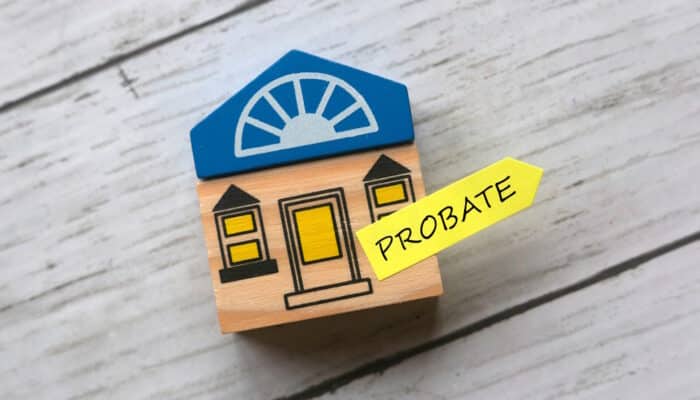Asset protection is a critical consideration in today’s litigious environment, where lawsuits can arise for assorted reasons, whether justified or not. The following is a brief overview of asset protection and how you can implement strategies to safeguard hard-earned assets:
Understanding Asset Protection:
- Using Laws to One’s Advantage:
- Asset protection planning involves leveraging laws to safeguard one’s assets from creditors’ claims.
- Certain assets have built-in protections against creditors, while others can be structured to limit exposure to liabilities.
- Strategies aim to insulate and isolate assets, making them less vulnerable to legal actions and creditors’ claims.
- Timing and Compliance:
- Timing is crucial in asset protection planning, as engaging in protective measures after facing legal threats may be deemed fraudulent.
- Compliance with laws and regulations is essential to ensure the effectiveness and legality of asset protection strategies.
Getting Started with Asset Protection:
- Consultation with a Legal Expert:
- Begin by scheduling a consultation with a qualified attorney specializing in asset protection.
- During the consultation, the attorney will assess the particular client’s financial situation, goals, and risk tolerance to tailor a plan suited to their needs.
- Evaluation of Options:
- The attorney will review assets, liabilities, and estate planning goals to propose suitable asset protection strategies.
- Understanding the advantages and disadvantages of each strategy is crucial for making informed decisions.
Trusts vs. LLCs for Asset Protection:
- Trusts:
- Trusts are separate legal entities that hold and manage assets for the benefit of beneficiaries.
- They can be revocable or irrevocable, each offering different levels of asset protection.
- Trusts provide a mechanism for transferring assets while retaining control and protecting beneficiaries’ interests.
- Limited Liability Companies (LLCs):
- LLCs offer a versatile asset protection tool by insulating assets from personal and business liabilities.
- Multiple-member LLCs and limited partnerships provide robust protection against creditors’ claims, unlike single-member in Florida.
- Proper structuring and maintenance of LLCs are essential for maximizing asset protection benefits.
Considerations for Multiple LLCs:
- Asset Diversification:
- Multiple LLCs may be necessary to segregate and protect various types of assets, minimizing overall risk exposure.
- Business Structure Optimization:
- Multiple and/or layered LLC structures can optimize legal separation and asset protection for business interests and investments.
Asset protection planning is a proactive approach to safeguarding a person’s wealth and minimizing exposure to legal risks. By collaborating with experienced legal professionals and implementing tailored strategies, an individual can better safeguard themselves, their family, and their business from potential liabilities and creditor claims. If an individual is concerned about protecting their assets, consider contacting a legal professional for personalized asset protection planning assistance.
The foregoing is a brief and general overview of the topic. If you have any additional questions regarding the foregoing or have any legal issue or concern, please contact the law firm of CASERTA & SPIRITI in Miami Lakes, Florida.





